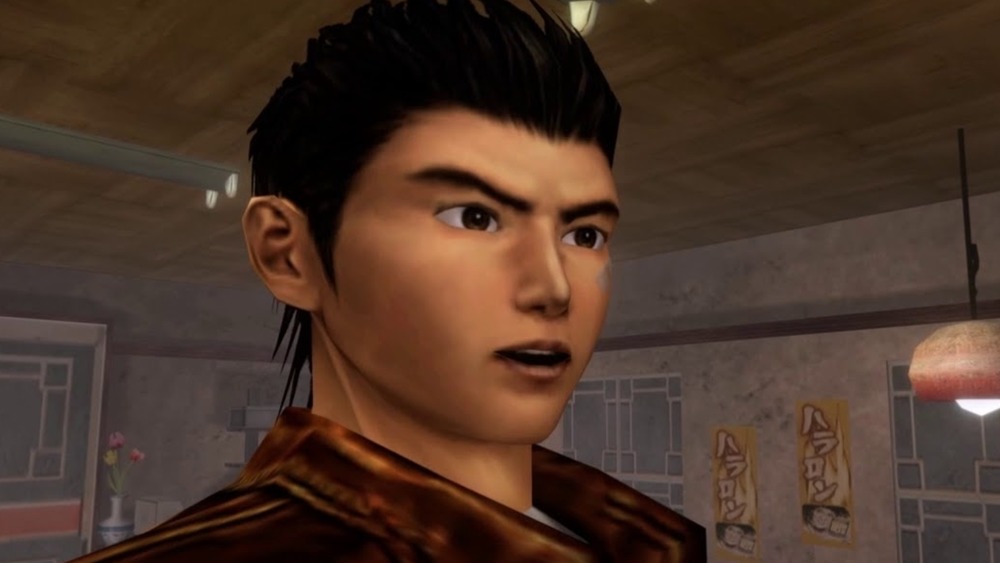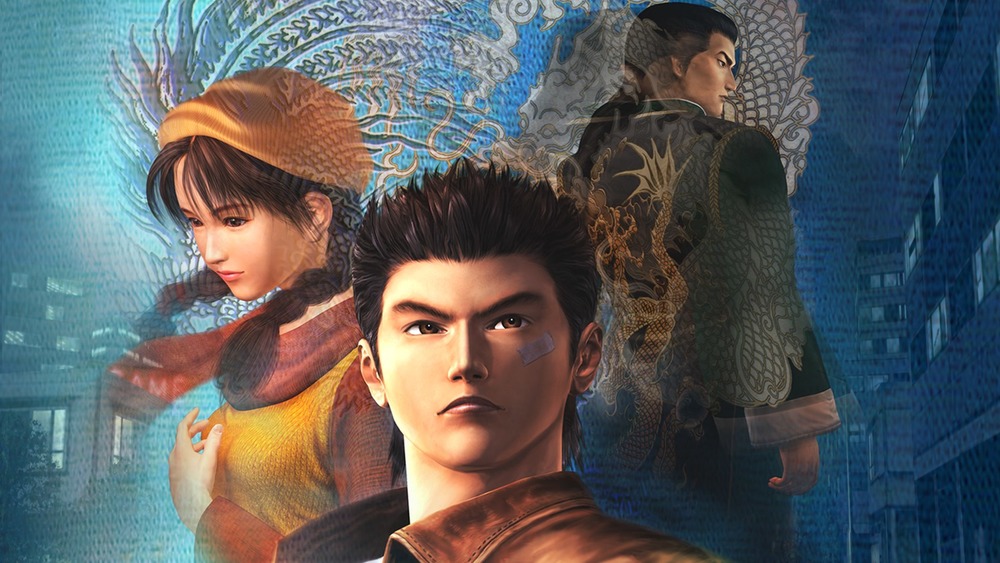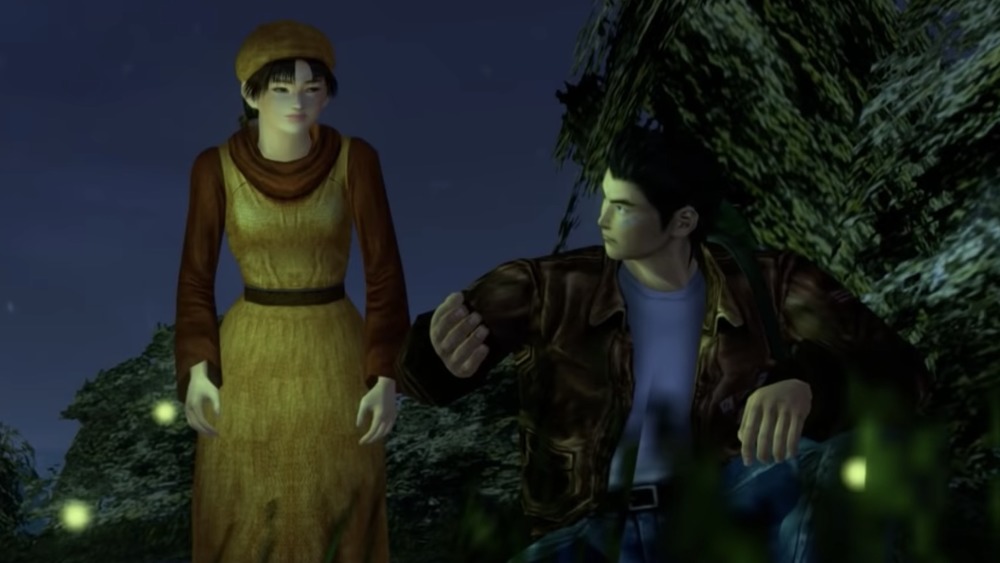Despite Being A Good Game, Shenmue Was Destined To Fail. Here's Why
Shenmue, with its 3D action-adventure gameplay and RPG and life simulation elements, was a revelation when it was released more than two decades ago. In the revenge epic, teen martial arts student Ryo Hazuki investigates his father's murder — but he does it in a beautiful world full of detail, multiple options, revolutionary quick time events, and large-scale environments.
"At the time of its release on the Dreamcast in 1999, Shenmue was unlike anything else," The Escapist said in 2010. "Billed as a 'FREE' game, for 'Full Reactive Eyes Entertainment,' it was touted as offering a level of player freedom unparalleled in the history of gaming." This included weather changes, time passing, vibrant locations, and the freedom to move about. Today, games utilize these features as a matter of course, but back then, true open-world gaming was a newer concept.
Along with being vastly influential, Shenmue was a legitimately great game. Fans and critics still heap praise on Shenmue, calling it "the most gorgeous game ever created" (SegaNerds), "the best open world game" (Metro UK) and even the "all-time best Sega game" (IGN Japan). It even spawned a crowdfunded sequel in 2018. Which leaves a big question: If it was so great, why did it fail?
It was the most expensive game Sega ever made
One of the main problems with Shenmue was that it was expensive to make. When the game was released in Japan in 1999 and then in November 2000 in North America, it reportedly cost Sega $70 million. In 2011, director Yu Suzuki revised the figure, saying that it only cost $47 million when development and marketing are taken into account, and some of that money ended up laying the groundwork for Shenmue II. Either way, it was expensive in a way that hurt Sega's bottom line tremendously.
Game Informer reported that the development of Shenmue took six years, and Sega was counting on Suzuki and Shenmue to lift its console business up. With Shenmue's development taking that long and being that expensive, the game would have needed to be a blockbuster in order to be the savior Sega executives expected.
By 2001, Shenmue had sold 1.2 million copies, according to Microsoft. However, The Guardian claimed that every Sega Dreamcast owner would have had to buy two copies of Shenmue for the game to recoup its costs. That's a tall order, and naturally, it wasn't going to happen.
It had a limited audience on the Sega Dreamcast console
At the time of Shenmue's release, Sega had other big problems, and high on the list was the poor sales performance of the Sega Dreamcast. Its previous console, the Sega Saturn, also hadn't done so well. In fact, Shenmue had originally been scheduled to release on an updated version of the Saturn, but was moved to the Dreamcast after the Saturn's demise.
Sega had sold 6.5 million Dreamcast units in its 17-month lifespan, making Shenmue's potential audience a small one to start with. In contrast, the Sony PlayStation sold about 10 million units in its first two years.
Shenmue may not have been the reason Sega's console business failed — but it couldn't save the company. In early 2001, Sega decided to stop making consoles following large financial losses. In doing so, it hoped to open up the audience for its games.
"Sega is no longer limited by the hardware install base but by the number of people playing games," Sega spokesman Bellfield told SFGate. "The potential for us is far bigger than it was previously." Unfortunately, the move came too late for Shenmue.



